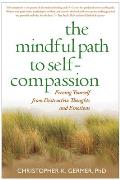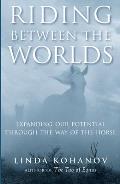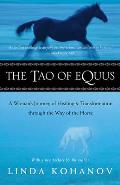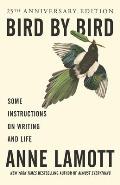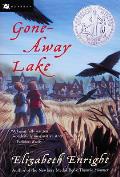Subtitle: Freeing Yourself from Destructive Thoughts and Emotions.
This “un-self-help” book by a clinical psychologist shows how to stop fighting uncomfortable emotions and accept them with self-compassion instead. Step by step, Germer shows how to be kind to ourselves, listen to our bodies, and bring in difficult emotions.
I liked his analysis of the stages of acceptance (as distinct from the stages of grief):
Stages of Acceptance:
- Aversion – resistance, avoidance, rumination
- Curiosity – turning toward discomfort with interest
- Tolerance – safely enduring
- Allowing – letting feelings come and go
- Friendship – embracing, seeing hidden value
He carefully notes pitfalls along the path for trauma survivors. For example, it can be triggering to focus on the breath during meditation, so an external focus such as holding a stone or watching a candle could be more calming.
I was pleasantly surprised by his awareness of diversity and discrimination. Even a few mentions of those issues go a long way toward fostering my trust of a white male author as I read. For example, his stories contain some same-sex couples. On the subject of medication, he advocates deciding what’s most kind for yourself.
The second half of the book describes metta or loving-kindness meditation. Phrases like “May I be safe. May I be happy. May I be healthy. May I live with ease.” are directed first toward the self, then toward a loved one, then toward someone neutral, then to a difficult person or enemy.
He describes the backdraft which can occur with this meditation, a rush of feelings similar to the rush of flame from opening a door on a fire.
I had a hard time staying with this part of the book. Perhaps it was from a backdraft of feelings. Perhaps it was my reaction to the instructional tone. I’m having a strong response to being told what to think or how to feel lately, even when I’m reading a self-help book.
Overall, I recommend this book. It has much less fixing and more compassion than most self-help books. It’s a delight to see a psychologist advocating self-kindness and acceptance as a way toward healing.

